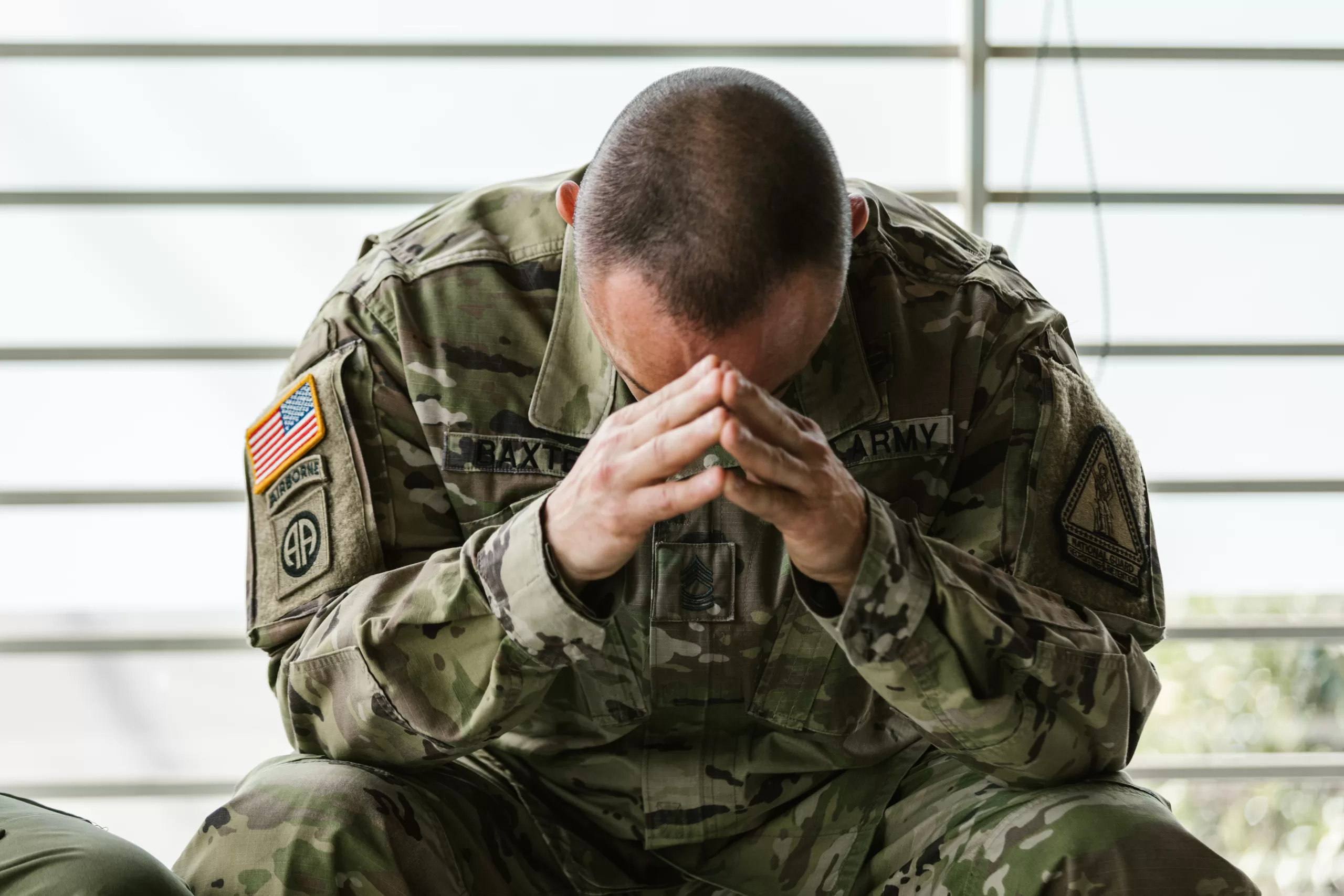Mindfulness Exercises for Anxiety Relief
[disclosure]
Introduction to Mindfulness and Anxiety
Anxiety, my friends, is a natural human emotion we all experience at various points in our lives. It can manifest in different forms and intensities, but one thing remains constant: anxiety can significantly impact our quality of life. Over the years, I’ve discovered that mindfulness exercises can be a powerful tool in managing anxiety and finding relief.
Mindfulness is the practice of being fully present in the moment, aware of our thoughts, feelings, and sensations without judgment. It’s about taking a step back and observing ourselves with a kind, open heart. Today, I’d like to share with you some effective mindfulness exercises that can help alleviate anxiety and bring a sense of peace and tranquility to your life.
Breathing Exercises for Anxiety Relief
Mindful Breathing
One of the simplest and most powerful mindfulness exercises is mindful breathing. When anxiety arises, our breath can become shallow and rapid, which only exacerbates the feeling. With mindful breathing, we can take control and bring our attention to the breath, helping to create a sense of calm and relaxation.
- Find a comfortable position and close your eyes.
- Take a slow, deep breath in through your nose.
- Pause for a moment. • Exhale slowly through your mouth.
- Repeat this process for several minutes, focusing on your breath.
Box Breathing
Box breathing is another effective technique for reducing anxiety. It involves breathing in a pattern that resembles the shape of a box. Here’s how to do it:
- Inhale for a count of four.
- Hold your breath for a count of four.
- Exhale for a count of four.
- Hold your breath again for a count of four.
- Repeat this pattern several times.
Mindful Movement and Exercise
Mindful Walking
Walking is an excellent form of exercise that can help reduce anxiety. When we walk mindfully, we become fully aware of each step we take, allowing us to connect with our bodies and the present moment.
- Begin by standing tall with your feet hip-width apart.
- Slowly take a step forward with one foot.
- As you do, pay attention to the sensation of your foot touching the ground.
- Continue walking, focusing on each step and the sensation of movement.
Yoga and Mindfulness
Yoga is another effective way to combine mindfulness with movement. The practice of yoga involves a series of postures and breathing exercises that help promote relaxation and reduce stress.
- Begin by choosing a yoga style that suits your needs and preferences.
- As you move through the poses, focus on your breath and the sensations in your body.
- Pay attention to the transitions between poses, maintaining mindfulness throughout.
Get Your Om on! The Health and Happiness Benefits of a Regular Yoga Practice
Mindfulness Techniques to Reframe Thoughts
The RAIN Technique
The RAIN technique is a powerful mindfulness practice that can help us reframe our thoughts and manage anxiety. RAIN stands for Recognize, Allow, Investigate, and Non-Identification.
-Recognize
Begin by recognizing the thoughts or emotions that are causing anxiety.
-Allow
Allow these thoughts and emotions to be present without judgment.
-Investigate
Investigate the thoughts and emotions with curiosity and compassion.
-Non-Identification
Remind yourself that you are not your thoughts or emotions, and allow them to pass without attachment.
Gratitude Journaling
Gratitude journaling is another effective mindfulness technique for reframing thoughts and reducing anxiety. By focusing on what we are grateful for, we can shift our mindset and foster a sense of well-being.
- Set aside a few minutes each day to write down three things you are grateful for.
- Reflect on each item and consider why it brings you gratitude.
- Over time, you’ll notice a shift in your perspective and a decrease in anxiety.
Mindful Meditation for Anxiety Relief
Body Scan Meditation
Body scan meditation is a mindfulness practice that involves focusing on each part of the body, bringing awareness to sensations and promoting relaxation.
- Find a comfortable position and close your eyes.
- Begin by focusing on your toes and slowly work your way up your body, paying attention to each area.
- As you move through the body scan, notice any sensations, tension, or discomfort.
- Allow these sensations to be present without judgment, and simply observe them.
Loving-Kindness Meditation
Loving-kindness meditation, also known as “metta” meditation, is a practice that encourages the cultivation of compassion and love towards oneself and others.
- Find a comfortable position and close your eyes.
- Silently repeat phrases like “May I be happy, may I be healthy, may I be safe, may I be at ease.”
- After a few minutes, begin extending these well-wishes to others, starting with loved ones and eventually expanding to all beings.
Mindfulness: A Guide to Practicing Mindfulness for Adults and Children
Conclusion
Anxiety is a common emotion that we all experience, but it doesn’t have to control our lives. By incorporating mindfulness exercises such as mindful breathing, movement, reframing thoughts, and meditation into our daily routines, we can find relief from anxiety and embrace a more peaceful, balanced existence. Remember, my friends, that mindfulness is a journey, and with practice and patience, you can cultivate a deeper sense of self-awareness and inner peace.
We’d love to hear your thoughts on these mindfulness exercises for anxiety relief. Please take a moment to leave a comment, make suggestions, or share your experiences with others. Your insights and stories can make a difference in someone else’s journey toward a more peaceful and balanced life.
Frequently Asked Questions (FAQ)
Can mindfulness exercises be practiced by anyone?
Absolutely! Mindfulness exercises are accessible to people of all ages, abilities, and backgrounds. Just remember to be patient with yourself and practice consistently for the best results.
How long should I practice mindfulness exercises each day?
The duration of your practice can vary, but even just a few minutes a day can make a difference. Start with shorter sessions and gradually increase the time as you become more comfortable with the exercises.
Can I combine different mindfulness exercises in one session?
Yes, you can combine various exercises to create a personalized routine that meets your needs and preferences. Experiment with different techniques to find what works best for you.
Helpful Resources
- “The Miracle of Mindfulness” by Thich Nhat Hanh – This book offers practical guidance on incorporating mindfulness into daily life and deepening your understanding of its benefits.
- “The Mindful Way through Anxiety” by Susan M. Orsillo and Lizabeth Roemer – This self-help guide provides a step-by-step approach to overcoming anxiety using mindfulness-based techniques.
- Mindful.org – An online resource offering articles, guided meditations, and courses on mindfulness and its applications.











